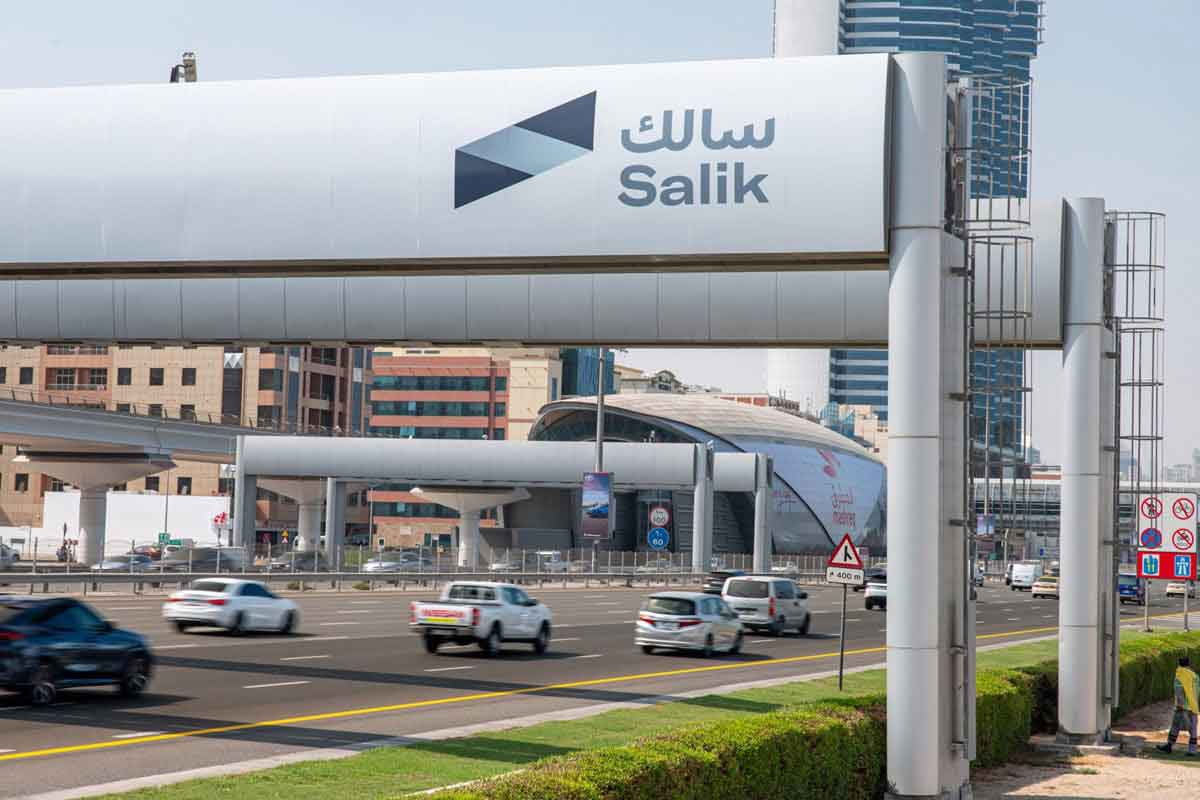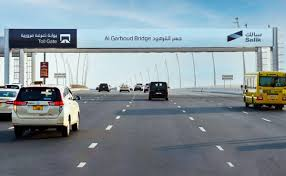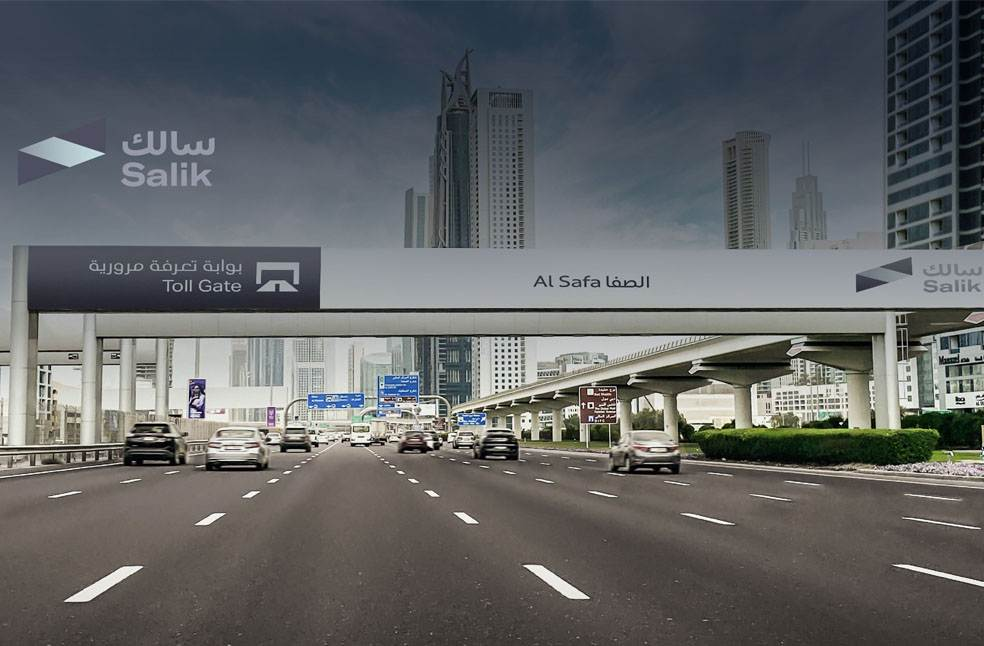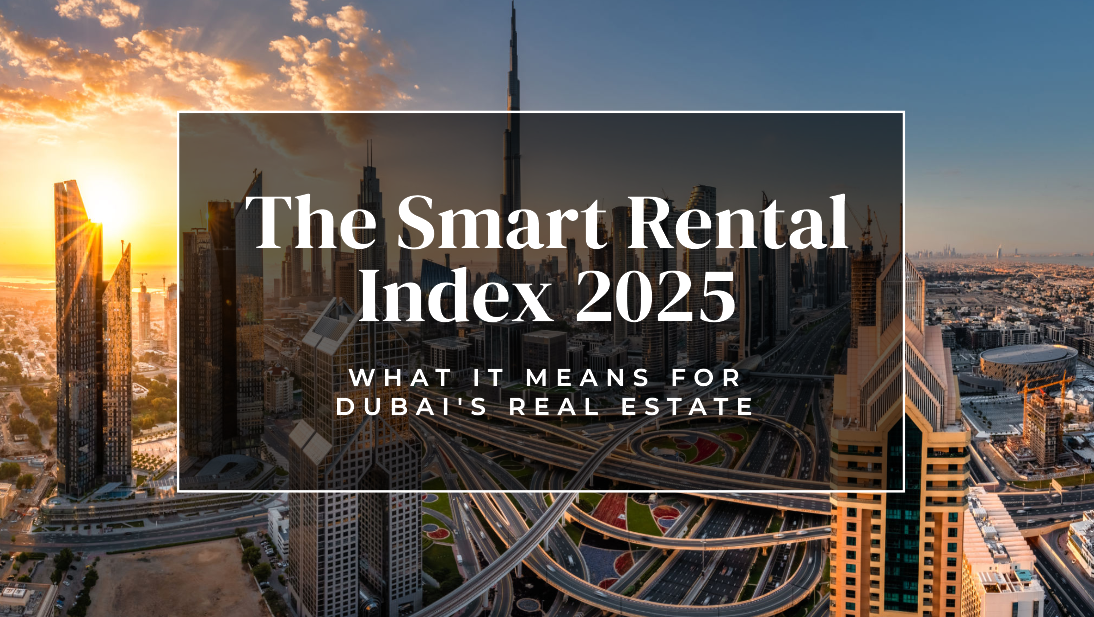Now Reading: Real Estate: 8 Key Effects of Variable Salik Toll Fees
-
01
Real Estate: 8 Key Effects of Variable Salik Toll Fees
Real Estate: 8 Key Effects of Variable Salik Toll Fees

Table of Contents
Salik Toll Fees : Dubai’s real estate market, a prime destination for U.S. investors seeking tax-free returns and 6-8% rental yields, is navigating a post-boom price correction in 2025, with transaction values reaching AED 447.2 billion in 2024. The introduction of variable Salik toll fees, effective January 31, 2025, adds a new dynamic, impacting commuting costs and influencing real estate decisions.
These fees, designed to manage traffic congestion, charge AED 6 during peak hours (6 AM–10 AM, 4 PM–8 PM), AED 4 off-peak (10 AM–4 PM, 8 PM–1 AM), and are free from 1 AM–6 AM, with Sundays at AED 4 all day, per the Roads and Transport Authority (RTA). This guide, crafted in clear, SEO-friendly language with an engaging tone, explores eight key effects of variable Salik toll fees on Dubai’s real estate market, tailored for U.S. expats, with data-driven insights, legal considerations, and a critical analysis of risks.
8 Key Effects of Variable Salik Toll Fees on Dubai Real Estate

1. Increased Appeal of Toll-Free or Low-Toll Areas
Variable Salik fees make areas with fewer toll gates or alternative routes more attractive, as commuters seek to minimize costs. Neighborhoods like Dubai South and Al Furjan, accessible via E311 (Sheikh Mohammed Bin Zayed Road) without Salik gates, are gaining traction, with a 12% price increase in 2024, per Knight Frank.
- Impact: Demand for properties in low-toll areas rises, boosting prices by 5-10% in 2025. A 1,000 sq. ft. apartment in Dubai South (from AED 900,000) could appreciate to AED 990,000.
- Investor Strategy: Target Emaar South or Al Furjan for 6-7% yields and long-term gains.
- Example: Avoiding two daily Salik crossings (AED 12 peak) saves AED 4,380 annually, enhancing affordability for tenants and buyers.
2. Shift in Demand Toward Emerging Neighborhoods
High toll costs in central areas like Sheikh Zayed Road, with gates at Al Safa and Jebel Ali, push residents and investors toward emerging suburbs. Dubai South, near Al Maktoum International Airport, and Dubai Investments Park (DIP) benefit from toll-free access and planned infrastructure like Expo City Dubai.
- Impact: Emerging areas see 10-15% demand growth, with off-plan sales in Dubai South up 20% in Q1 2025, per CBRE. Prices in DIP rose 8% in 2024.
- Investor Strategy: Invest in mid-range apartments in Dubai South (from AED 700,000) for 15-20% appreciation by 2030.
- Example: A AED 800,000 DIP unit yields AED 56,000 annually (7%), with lower commuting costs attracting tenants.
3. Higher Operating Costs for Commercial Properties

Commercial properties in high-traffic areas like Business Bay, with a new Salik gate at Al Khail Road, face increased operating costs as businesses absorb higher tolls for employees and logistics. Office yields remain strong at 8-10%, but tenant budgets are strained.
- Impact: Leasing demand in Business Bay softens by 5-10%, with tenants favoring low-toll areas like RAKEZ in Ras Al Khaimah, per JLL.
- Investor Strategy: Diversify into mixed-use developments in Dubai Hills (from AED 1.5 million) for stable 8% yields.
- Example: A AED 1 million Business Bay office incurs AED 8,760 in annual tolls (two daily peak crossings), reducing net returns by 0.9%.
4. Boost for Properties Near Public Transport
Variable tolls encourage public transport use, increasing demand for properties near Dubai Metro stations in areas like JVC, Dubai Marina, and Business Bay. Metro ridership rose 5% in Q1 2025, per RTA, driving rental demand.
- Impact: Properties within 500 meters of metro stations see 10-12% rental price growth, with JVC rents up 8% in 2024, per Bayut.
- Investor Strategy: Buy apartments in JVC’s Binghatti Corner (from AED 600,000) for 6.8% yields and metro proximity.
- Example: A AED 1 million JVC unit near Al Khail station generates AED 68,000 annually, with tenants saving AED 4,380 on tolls by using the metro.
5. Impact on Rental Yields in High-Toll Areas
High toll costs in areas like Dubai Marina and Downtown Dubai, near multiple Salik gates, reduce tenant affordability, pressuring rental yields. Marina apartments, yielding 6.8% in 2024, face 5-7% rental price stagnation in 2025, per Property Finder.
- Impact: Net yields in high-toll areas drop by 0.5-1%, as tenants negotiate lower rents to offset AED 4,380-$8,760 annual toll costs.
- Investor Strategy: Focus on short-term rentals in Dubai Marina (8-10% yields) to offset toll impacts via tourism demand (17.15 million visitors in 2024).
- Example: A AED 1.8 million Marina Shores unit yields AED 144,000 annually via Airbnb, mitigating toll-related rent pressure.
6. Incentive for Off-Peak Commuting and Flexible Work
Variable tolls encourage off-peak commuting, aligning with Dubai’s flexible work trends. Companies in Business Bay and DIFC offer hybrid schedules, reducing peak-hour tolls and boosting demand for nearby properties.
- Impact: Residential demand near commercial hubs rises 5-8%, with Business Bay apartments up 6% in Q1 2025, per CBRE.
- Investor Strategy: Invest in Business Bay’s DAMAC Towers (from AED 1.2 million) for 7-8% yields and proximity to offices.
- Example: A AED 1.2 million apartment yields AED 84,000 annually, with tenants saving AED 2,190 by commuting off-peak (AED 4 vs. AED 6).
7. Enhanced Appeal of Electric Vehicle (EV) Ownership
Free Salik tags for EVs, introduced in 2025, reduce toll costs, making EV-friendly properties with charging stations more attractive. Developments like Emaar’s Greenside Residence offer EV infrastructure, per DAMAC Properties.
- Impact: EV-equipped properties see 8-10% demand growth, with 15% of 2025 projects including charging stations, per RTA.
- Investor Strategy: Target eco-friendly projects like Bluewaters Residences (from AED 2 million) for 6-7% yields and EV perks.
- Example: An EV owner saves AED 4,380-$8,760 annually on tolls, increasing affordability for a AED 1.5 million Bluewaters unit.
8. Potential Oversupply Mitigation in High-Toll Areas
Variable tolls may deter residents from high-toll areas, balancing demand and mitigating oversupply risks (65,000 units slated for 2025). Areas like Dubai Marina and Sheikh Zayed Road could stabilize prices, per Knight Frank.
- Impact: Price declines in high-toll areas slow to 3-5% in 2025, compared to 5-10% in Q1, supporting long-term appreciation.
- Investor Strategy: Buy undervalued secondary properties in Dubai Marina (from AED 1.2 million) for 10-15% gains by 2027.
- Example: A AED 1.5 million Marina apartment could appreciate to AED 1.725 million by 2027, with toll-driven demand shifts stabilizing prices.
Legal Considerations for U.S. Expats
- Freehold Ownership: U.S. investors can own properties in freehold areas like Dubai Marina, JVC, and Dubai South, with title deeds from Dubai Land Department.
- Golden Visa: Properties worth AED 2 million qualify for a 10-year visa, achievable in Bluewaters or Address Residences.
- Tax Framework:
- Dubai: No property, capital gains, or rental income taxes. Residential sales are VAT-exempt.
- U.S.: Report assets and income under FATCA. Rental income taxed at 10-37%, capital gains at 0-20%. Consult a tax advisor.
- Transaction Fees: 4% DLD fee, 2% agency fee, AED 580-4,200 registration fees.
- Salik Compliance: Fines up to AED 10,000 for tag tampering; ensure valid Salik tags to avoid penalties, per RTA.
Risks and Mitigation
- Toll Cost Burden: Annual tolls of AED 4,380-$8,760 reduce tenant affordability. Mitigate by investing in low-toll or metro-adjacent areas.
- Oversupply Risk: 65,000 units in 2025 may soften prices. Focus on emerging areas like Dubai South for demand growth.
- Speculative Hype: Claims of toll-driven price crashes lack evidence. Verify trends with CBRE.
- Global Volatility: U.S. interest rates (4.75-5%) may limit investment. Dubai’s tourism and trade economy mitigates impact.
- Policy Changes: Salik rates may adjust; monitor RTA updates .
Step-by-Step Guide for U.S. Investors
- Research Areas: Compare toll impacts on Dubai South, JVC, and Dubai Marina
- Assess Tolls: Calculate commuting costs using Salik’s 2025 rates (AED 6 peak, AED 4 off-peak, free 1 AM–6 AM).
- Target Properties: Invest in low-toll areas (Emaar South), metro-adjacent units (JVC), or EV-friendly projects (Bluewaters).
- Verify Developers: Check RERA credentials for Emaar, DAMAC, or Nakheel
- Secure Financing: Use cash, mortgages (50% down for non-residents), or off-plan payment plans (e.g., 60/40).
- Complete Purchase: Pay deposit, fees, and register title deed with Dubai Land Department.
Conclusion
Variable Salik toll fees, introduced in January 2025, are reshaping Dubai’s real estate market, driving demand to low-toll and emerging areas like Dubai South, boosting metro-adjacent properties, and enhancing EV-friendly investments. While high-toll areas like Dubai Marina face yield pressure, strategic investments in undervalued or emerging neighborhoods can yield 6-10% returns and 10-20% appreciation by 2027. U.S. investors must navigate toll costs, oversupply risks, and U.S. tax obligations to capitalize on Dubai’s dynamic market. watch here
read more: Real Estate: 5 Essential Tips on Rising Service Charges





















